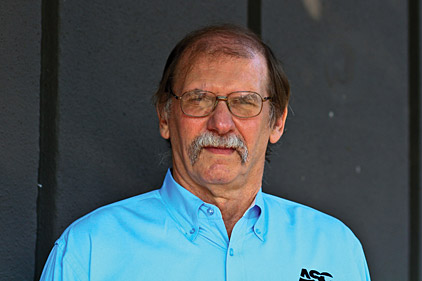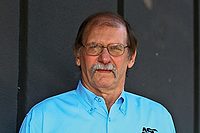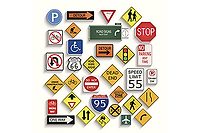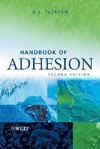Regulatory Review: South Coast Overhaul of Rule 1168 Will Alter VOC Limits
South Coast is looking to make some significant changes to the rule.

It’s unofficially known as the “granddaddy” of adhesive volatile organic compound (VOC) rules. Almost 25 years ago, the South Coast Air Quality Management District (SCAQMD) began to regulate VOCs in industrial and commercial adhesive products. In addition to being the first district to implement VOC limits on adhesives, Rule 1168 has also served as the model for how adhesive VOC regulations are developed and modified throughout the U.S.
Now, for the first time in almost a dozen years, South Coast is looking to make some significant changes to the rule, including a reduction in solvent content for specific categories and long-established exemptions, as well as an expansion to the types of products that will fall under its regulation.
Proposed Revisions
Efforts got under way last summer, when South Coast released a voluntary survey requesting information on the various types of commercial and industrial adhesive and sealants (and their VOC contents) that are currently being sold in the Los Angeles-centered district. Using the information from this survey, along with independent research done by South Coast, new—and in many cases, significantly lower—VOC limits were proposed last fall. For example, many of the various architectural adhesive categories are now to be set at 20 grams per liter (g/l). In another example, manufacturers of general architectural sealants will find their limits reduced from 250 g/l to 50 g/l.
Interestingly, the revisions have not only focused on VOC limits. From its inception, the rule has offered end users the opportunity to use non-compliant VOC products as long as they do not exceed more than 55 gal per a rolling 12-month period. South Coast has made it clear that it would like to do away with this exemption because it is unwieldy and difficult to enforce. As a step in that direction, the agency has proposed raising the “top and trim” adhesive category from current 250 g/l limit to 540 g/l. This approach would spare the small auto repair shops in the district from relying on the annual 55-gal exemption for compliance.
Another area where South Coast seems to be reassessing its prior thinking is the treatment of tertiary butyl acetate and dimethyl carbonate. Both of these compounds are exempt solvents throughout the U.S. except in California, where regulation varies from air district to air district. In the past, the AQMD has been to reluctant to open up the district to the use of products containing TBAC and DMC, but it now appears to have reversed its thinking by exempting both compounds as VOCs when they are used in architectural, construction, and roofing products.
Consumer Product Limits
While all of these revisions have some implications for various product categories, the biggest change in the Rule 1168 revision is how South Coast addresses consumer products. Historically, the rule of thumb for all California air districts has been that their regulatory purview extended only to industrial and commercial adhesives, while the California Air Resources Board (CARB) set VOC limits for products used by general consumers. That approach has resulted in certain categories of products remaining unregulated, either because of the way CARB defines a certain product category or because the board has made a conscious decision not to set a limit for a category. Certain arts and crafts adhesives are just one example. With its new proposal, South Coast has turned this approach on its head by announcing plans to regulate all adhesive and sealant products within the district that are not already covered by the CARB consumer products rule.
Rather than trying to differentiate between various application categories, South Coast is presently assigning all of the products the default limit of 20 g/l for adhesives and 50 g/l for sealants. While this is clearly a radical approach, the SCQAMD staff does seem to understand that not all of these consumer products can meet the lowest limits.
The Adhesive and Sealant Council (ASC) and its members have already begun identifying some of these unique categories of products and educating SCAQMD staff through the development definitions and workable VOC limits that the industry believes should eventually be incorporated into the final 1168 revision. By doing this spade work now to develop defendable new category definitions and limits, the industry should be able to address other California air district rule revisions that invariably will follow this new South Coast approach.
Any views or opinions expressed in this column are those of the author and do not represent those of ASI, its staff, Editorial Advisory Board or BNP Media.
Looking for a reprint of this article?
From high-res PDFs to custom plaques, order your copy today!








